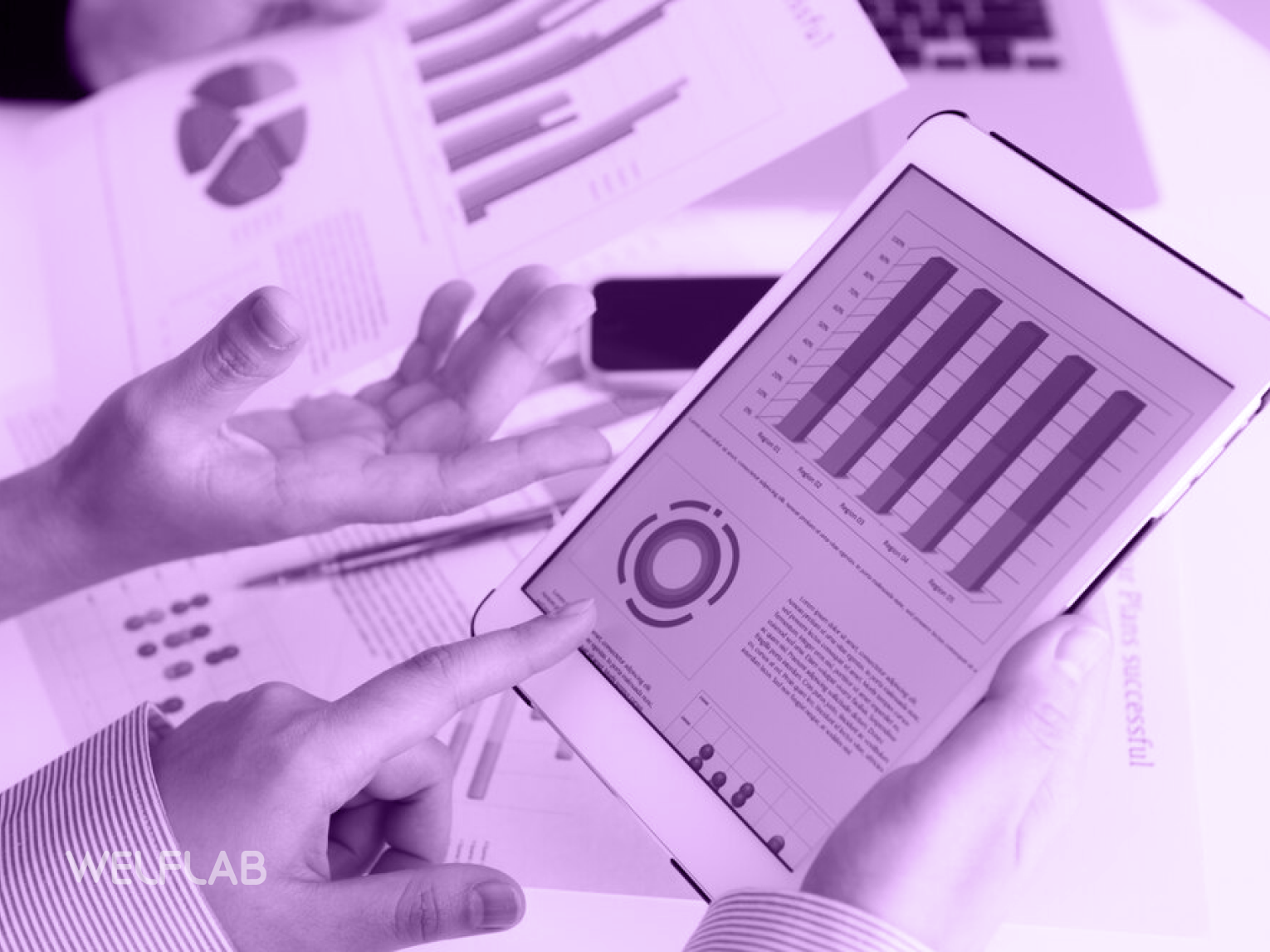Introduction
As the volume of digital data grows exponentially each year, making sense of it all has become a necessity for forward-thinking businesses. However, with so many big data analytics tools to choose from, deciding which ones are truly worth your time and money can feel overwhelming. Fear not – help is here! In this guide, we’ll cut through the hype and clearly outline 17 of the top analytics platforms in use today based on real-world functionality.
We’ll start with a brief overview of why big data analytics are so crucial for enterprises in 2024 before exploring each tool in detail. Along the way, you’ll gain insightful comparisons on pricing, integrations, query types, and more. By the end, your bewilderment will be a thing of the past as you’ve identified several options perfectly suited to your unique needs. Let’s jump in and discover how to extract maximum value from your data!
The Bottom Line: Big Data Needs Big Analytics in 2024
There’s no denying that today’s businesses operate in an environment defined by data. Every customer interaction, product transaction, and digital footprint leaves behind valuable clues that, if captured and interpreted correctly, can uncover new revenue opportunities, optimize processes, and give competitive advantages. However, to leverage these insights, companies require sophisticated big data analytics tools. The power players of 2024 understand this, and they’re investing heavily in solutions that deliver real-time, predictive insights. As the global data deluge continues, those who hope to keep up had better do the same. Are you ready to join the analytics elite? Read on!
17 Top Big Data Analytics Tools- 2024 Edition
Without further ado, here’s a look at 17 industry-leading big data analytics tools and what makes each one stand out:
1. Apache Hadoop
As one of the original big data frameworks, Apache Hadoop remains profoundly popular for processing massive datasets across commodity hardware. It boasts excellent horizontal scalability and a low cost of ownership. ideal use cases include log file analysis, real-time data ingestion, and machine learning model training.
2. Apache Spark
While Hadoop focuses on batch processing, Spark adds faster interactive querying capabilities via its in-memory computing engine. This makes it well-suited for machine learning, streaming analytics, and other low-latency use cases. Spark also supports a wide range of programming languages.
3. Google BigQuery
Google’s fully managed cloud data warehouse makes it simple to run SQL queries against exabytes of data. Unlike some competitors, pricing is calculated based on the amount of data scanned rather than the resources used. This tool pairs well with data lakes for ad-hoc analytics.
4. AWS Redshift
Amazon Web Services brings its formidable cloud expertise to bear with this petabyte-scale data warehouse. In addition to cost-effectiveness and flexibility, Redshift offers built-in integrations with other AWS analytics and ML services. It works best for structured data.
5. Microsoft Azure Synapse Analytics
As the combined power of Azure SQL Data Warehouse and Spark, Synapse provides a stylish hybrid platform for limitless scaling. Users appreciate its intuitive UI, tight Office365/Power BI integrations, and T-SQL query syntax. Great for ETL workflows and dashboarding.
6. Tableau
When it comes to user-friendly data visualization, Tableau remains the gold standard. Drag-and-drop interfaces empower users at any technical level to quickly design beautiful reports and dashboards. It ties nicely into location intelligence and predictive functions as well.
7. Power BI
As Microsoft’s main reporting and BI tool, Power BI offers seamless access to all your organizational data. Advanced modeling capabilities and an active user community set it apart. Its mobile apps continue expanding its analytics anywhere concept too. A solid choice for OLAP cubes.
8. Looker
Looker differentiates itself as more of a unified analytics platform than a single-point product. Its robust data modeling engine and application programming interfaces open tons of customization potential. Great for embedded, on-demand analytics requiring flexibility.
9. Qlik Sense
Associative data modeling gives Qlik Sense its name recognition. Just click around to discover related data in a surprisingly intuitive GUI. Performance improves as more users engage with the system too. It makes self-service discovery simple across departments.
10. Domo
An all-in-one analytics suite, Domo serves up automated dashboards, ad-hoc querying, and even basic data prep in one spot. Built-in collaboration tools keep remote teams connected as well. A solid start for beginners seeking a single-vendor solution.
11. Sisense
Customer success is the goal at Sisense, which shows in its intuitive UX. Embedded BI capabilities further the “analytics anywhere” vision. While best for simpler use cases, additional features like predictive modeling augment its breadth. Agile development cycles also please users.
12. TIBCO Spotfire
Advanced visualization and augmented analytics reign at TIBCO Spotfire. Unique techniques like predictive search aid business problem-solving. Though geared more toward experienced users, it remains friendly to business analysts. Strong support also simplifies customization.
13. MicroStrategy
With roots tracing back to mobile BI, MicroStrategy keeps innovating newer use cases like hyperinflation intelligence. Security complies with the most stringent regulations. Ideal for embedded analytics or when HIPAA and GDLP come into play.
14. IBM Cognos Analytics
Like MicroStrategy, IBM’s longstanding in the analytics industry means proven reliability and enterprise-grade features. Extensive pre-packaged content and Watson AI services place predictive power at users’ fingertips. Robust enough even for IoT and blockchain analytics.
15. SAS
The grandfather of business intelligence, SAS continues leading with statistical analysis, machine learning, and forecasting. It serves everything from data prep to deep analytics. Both breadth and expertise make it ideal for highly regulated spaces requiring full compliance.
16. Matillion
Sometimes ETL is the missing puzzle piece. Matillion helps stitch together data lakes and warehouses while maintaining governance best practices. Automated workflows prevent data decay over time as well. An elegant way to feed multiple downstream tools.
17. Alteryx
A graphic program for advanced analytics, Alteryx thrives in pulling diverse data sources together in visual pipelines. Even non-coders can wrangle data like pros. Extensions integrate findings into follow-up tasks too. An MVP when you need self-sufficient data refinement.
7 Key Factors to Consider When Choosing a Big Data Analytics Tool
With so many options on the market, selecting the right big data analytics tool for your organization can seem daunting. However, focusing on several key factors during evaluation will help you make an informed choice suited to your unique needs and data landscape.
-
Data Volume, Speed, and Variety
First and foremost, consider your current and anticipated volumes of data, as well as how fast it accumulates and what types it consists of. Some tools only handle structured information well while others excel with unstructured data. Matching an analytics platform’s capabilities to your specific data characteristics is paramount.
-
Integration Requirements
Most modern analytics are useless without integration into related systems and processes. Carefully audit your existing technology stack from databases and data warehouses to CRM platforms, IoT sensors, cloud services, and more. Choosing a tool with open APIs and easy interfaces simplifies these tie-ins immensely.
-
Desired Functionality
Next, carefully examine your project goals and the type of insights and outcomes required. Options vary widely in terms of basic functions like querying, reporting, dashboards, data prep versus predictive modeling, machine learning, optimization, or prescriptive guidance capabilities. Buyer beware – don’t pay for advanced features you’ll never use.
-
Data Security and Controls
Particularly for regulated industries, assessing a vendor’s certifications, privacy policies and track record handling sensitive information is non-negotiable. Only entrust mission-critical intelligence to providers employing bank-level data safeguards and auditability.
-
Pricing and Affordability
The cost structure is another X factor to carefully weigh. Some charge by the amount of ingested and processed data while others bill based on user volumes or additional services. Consider long-term budget fits while allowing room for organic growth. Avoid get-rich-quick vendors.
-
Scalability and Performance
Does the solution gracefully handle spikes in activity and expand resources on demand to prevent bottlenecks? Responsiveness directly impacts adoption rates – sluggish tools frustrate users into regression. Check benchmark numbers and proven deployments of similar scope.
-
Support and Expert Guidance
Even the most powerful technologies only deliver value when combined with knowledgeable assistance. Discerning clients assess vendor thought leadership and verify round-the-clock support uptime as key signs of dependability when uncertainty strikes.
Conclusion
So in summary, while every big data analytics tool has pros and cons, the best option depends on how you’re applying it in your business. Consider factors like data volumes, level of sophistication needed, budget, and integration requirements before committing. With this breakdown of 17 leaders, you now have insightful comparisons to narrow the field and choose solutions that maximize both value and ROI for your enterprise. The future of analytics is wide open – are you ready to start exploring new possibilities?
Employing cutting-edge technologies like machine learning, blockchain, and quantum computing, WelfLab empowers clients to transform raw data into predictive insights and automated decisions at a massive scale. Contact one of our solution experts today to learn how we can help you bolster operations, streamline processes, and gain unbeatable competitive advantages through the power of data.




